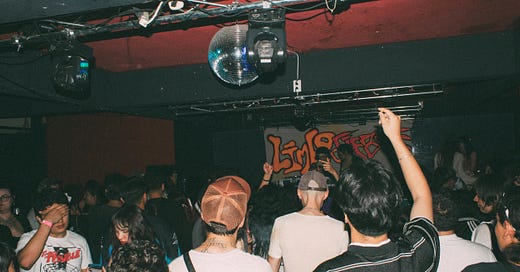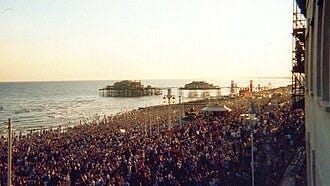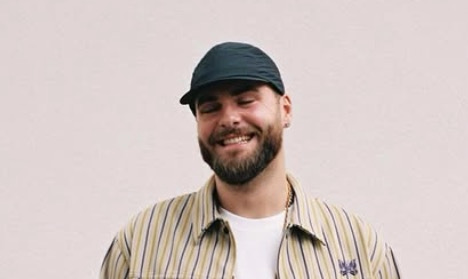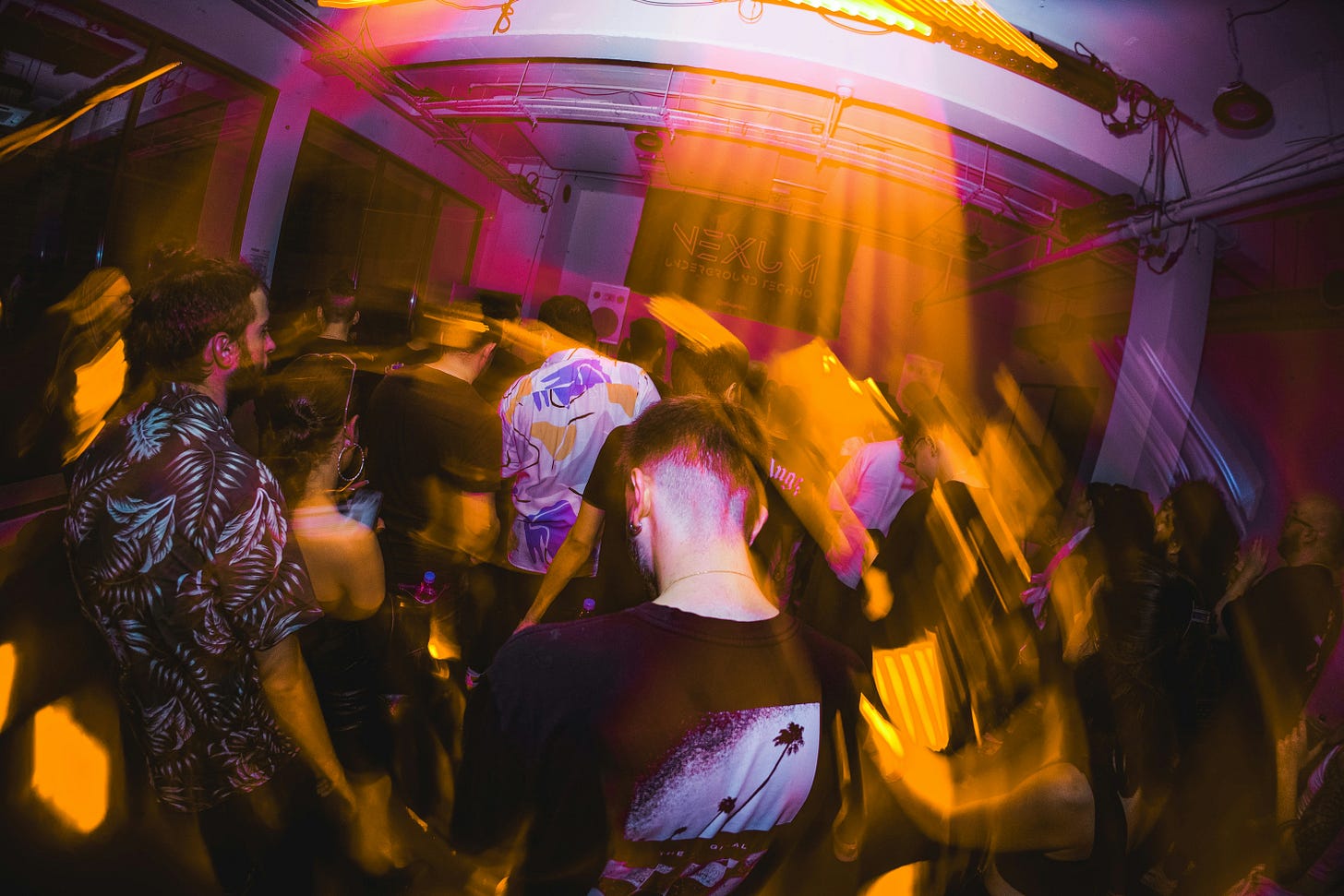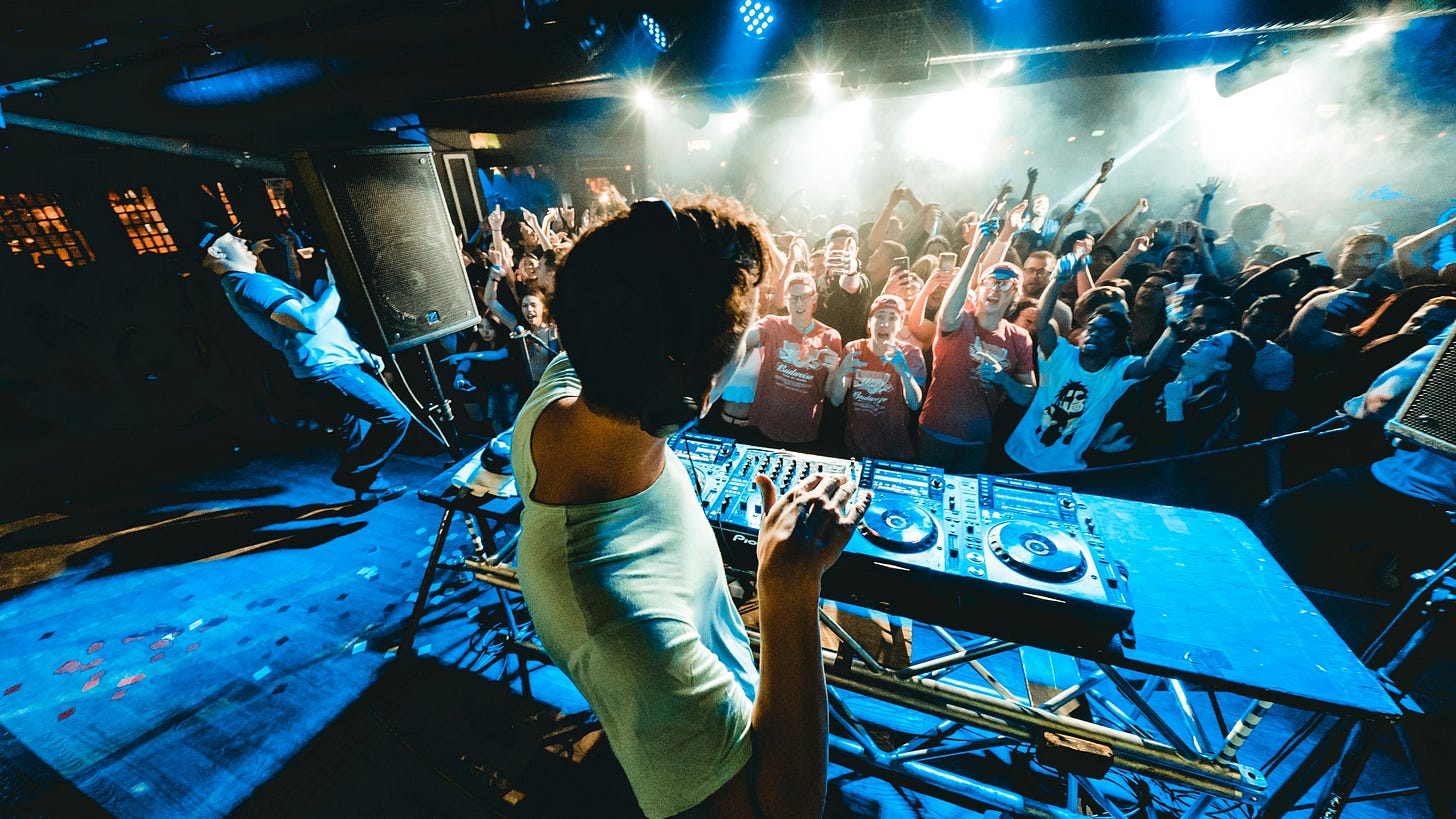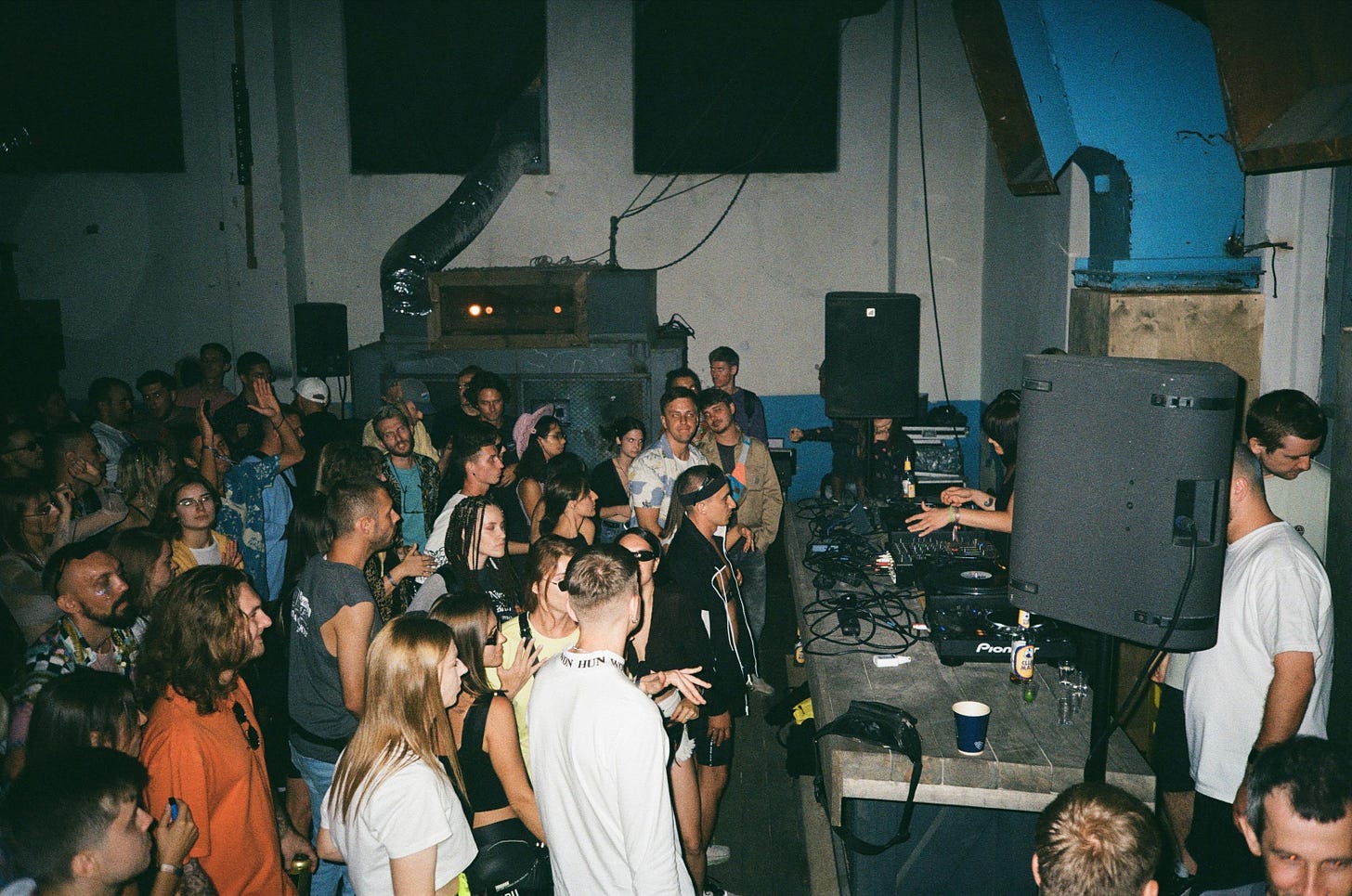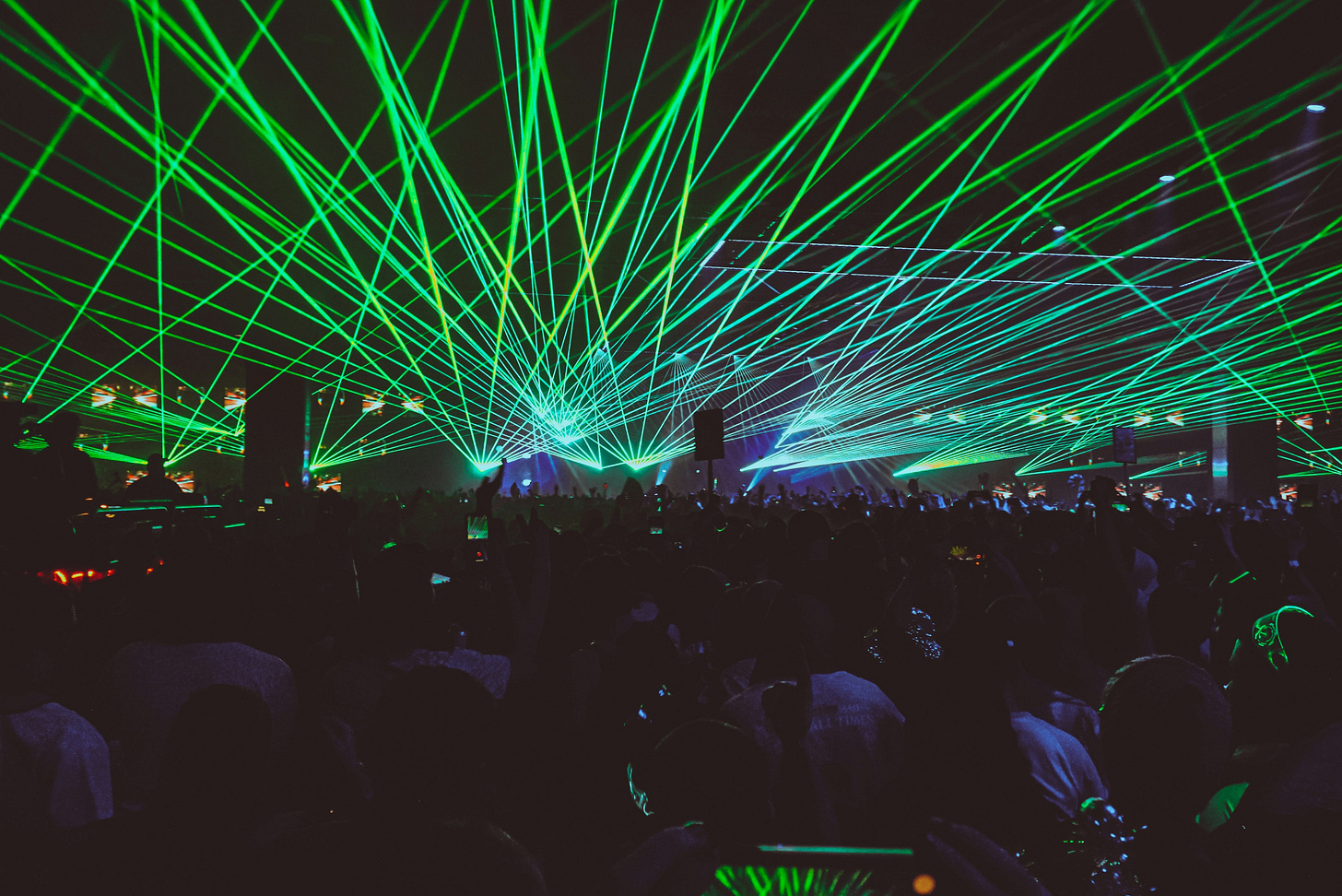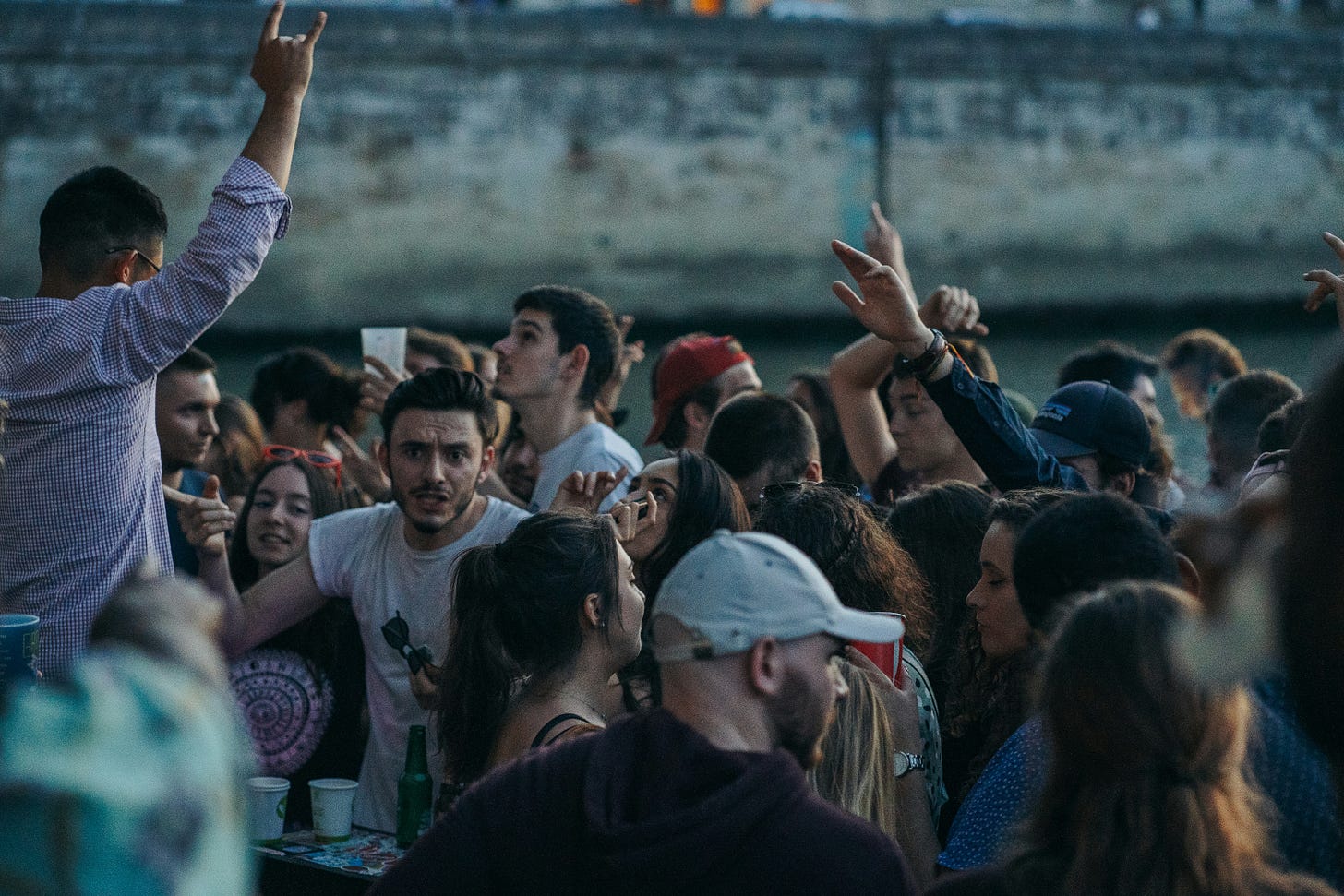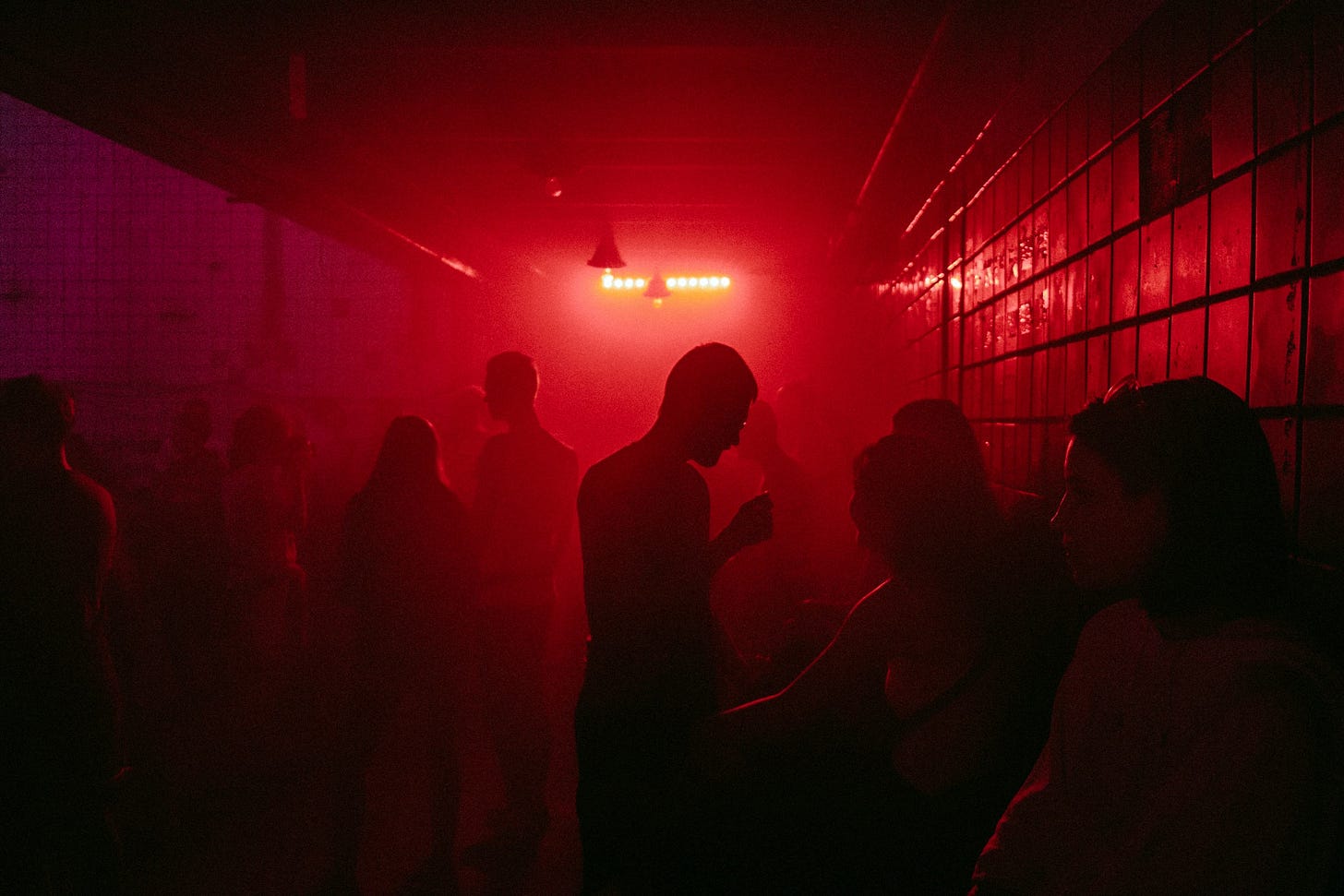Is TikTok ruining raving?
Social media has drastically changed a raucous and beautiful side of British culture. Is it a threat?
Raving is a sacred ritual for millions of people across the world. Whether you're a teen or an OAP, dancing in a filthy, sweaty dark room while weird noises penetrate your skull, is an out of this world, universe bending experience. The concept of combining loud music and dancing has been an integral part to human enjoyment for centuries.
Raving in the UK has evolved and grown in many weird and wonderful ways over the last 70 years. Originally the term was used to refer to intense partying in the 1950s and eventually developing in the late 1980s to what we now know and love it as. The Second Summer of Love (the summer of 1988) was a social phenomenon in the UK which saw a rapid rise in acid house and illegal raves. This was the origin of modern raving.
Electronic dance music, drugs and dancing have come to be the three defining features of a rave. Drugs aren’t a necessity but are and have always been heavily associated with the scene.
The term ‘raving’ has a range of loose definitions with there being arguments over whether it must take place at an illegal location with no regulation in order to be worthy of the official term. For the sake of this article a rave is an event in which DJ’s play dance music to a crowd of people.
Modern day raving was born approximately 20 years before the mass use of the smartphone and the birth of social media. This meant that when it first came to be, it was a place of pure release. There were very few ways to document these intense and feral events.
OG ravers would fill their veins with ecstasy and immerse themselves in the relentless animal that would come sprinting out of a sound system.
Fatboy Slim’s Big Boutique II was a historic cultural moment in which 250,000 people ascended on the beach of Brighton in 2002. Videos of the historic day show the crowd completely losing themselves in the music and enjoying the present moment to its fullest. This demonstrates the real ethos of raving and its origin.
The digitalisation of modern dance music has changed the way in which ravers now engage with events. Hundreds of phones will be constantly held above heads and used to film these hectic scenes. Of course, wanting to document some of the best moments of your life is understandable but the degree to which this is being carried out seems to affect the general atmosphere of these events.
People are more aware of others and may conform more so to what they believe is socially acceptable rather than completely and utterly letting go.
Zero, a popular British DJ said: “It feels like the younger kids are scared to dance, it feels like people are scared to move or look like their having fun which I also think is down to social media because people are too shook to even look like their having fun, in case they get papped online and then posted and then made fun of which is so dumb because the whole point of raving is to not care about that.”
When ravers do go absolutely ballistic they find themselves being posted on TikTok. I personally have found myself the centre of TikTok videos as a result of my eccentric dancing. It is not something I particularly care about, but the entire ethos of raving is to escape into this realm of carelessness and knowing thousands of people can see what you're up to creates a huge barrier to that liberating attitude.
Samzuh, another British DJ shared his frustration with the way short form content affects behaviour at events. He said “The dance floor etiquette of no phones now is a weird thing to have to say, don’t film people in an expressive space.
“The dance floor is safe, it’s non-judgemental. It should be non-harmful to people, it should be invigorating, you should be able to express yourself so you can approach the dance floor and leave that there and get whatever out that you need to. You never know now when there's going to be a flash that comes on over your shoulder and there's going to be loads of people filming. You should be there to move your body and connect.”
He also voiced his concerns over how the intention of dance music has now changed. “Music is intended to cause bodily movements. That's what it's for. It's not for phones and filming and posting about it. Artistry has turned into a competition where it shouldn’t be a competition, it should be a culture of movement.
“You're progressing these sounds and genres in order to extract that dancing juice in people and get their hips moving but it is not that anymore. It's a grind of how can I get the best clip in the shortest time possible, to get the most likes, which is a horrible thing to chase when we should be chasing vibes and smiles and connection. That is where it's being taken right now and I hate that.”
It is why the Berlin rave scene is so sacred and so highly praised because an atmosphere of trust and respect has been delicately curated. Stickers on phones and bouncers questioning your intentions enforces the attitude needed for complete self expression. In comparison, the UK does not have this filter of authenticity.
A much stronger digitalisation of the scene has its pros and cons. A wider variety of people attend raves now rather than solely real hardcore fans that have a deep rooted respect for the culture. This has certainly changed the soul penetrating atmosphere but also has allowed for far more inclusivity and a unity between all the weird and wonderful characters that make up ravers. There is however, a question over whether new ravers demonstrate the same kind of respect.
Boiler Room has paved the way and revolutionised the art of modern dance music promotion over the last 15 years. A 360 rave that is filmed from start to finish is exciting and has brought so many ravers into the scene, however the behaviour of some attendees is an example of the concerns many original ravers have as this world of live music becomes more commercial.
When attending a Boiler Room in Liverpool (January, 2024), three teenage girls relatively aggressively barged their way to the front of the barrier, directly behind Skream and Benga (headlining DJ’s). They then proceeded to film themselves jumping up and down, screaming and appearing to have fun. The moment they turned off their cameras they turned into emotionless statues.
This is an example of one of the biggest criticisms of the shift in raving, seen in the modern day. Young people attend as they've been lured in through their screens, but when they arrive they fail to immerse themselves and are there for the wrong reasons. It’s to look good not to feel good.
Luke Murray, an avid raver said when referring to how social media is now tied to raving culture, “I think it adds a consumerist feel to it because social media is a marketing tool so for what typically would be a buzz and excitement around an event that would be spread through rave fliers and word of mouth back in the day, now is a compressed piece of information that is being shot at a target audience and that will definitely remove the elements of what used to be there.”
Tiktok ravers have become an enemy of the OG raver, creating what some argue feels like a less authentic experience.
Zero explained that the events which play more mainstream genres such as Drum and Bass appear to be victim to this frowned upon behaviour of fresh and new ravers. “It feels like ravers go to raves literally to get videos and then come home and post them online because it's trendy and they want their videos to go viral. They’re more worried about getting the maddest kind of drop captured.”
Davey Moore, a regular rave attendee supported this statement. He said, “it depends on the sort of event you go to. I think if you go to a mainstream event like a Badger rave or someone who is really popular on social media it will be 95% phones and no one's dancing really.
“But if you go to a more incognito rave, ones that aren’t as hyped up on the internet or artists that aren't necessarily as big, the people there tend to be more for the music and having a good time on the night”.
Samzuh reiterated the statement and put emphasis on the authenticity and beauty of the country’s underground scene. “There is a real culture of dance music in the UK, you can see it everywhere and it's always happening. It is in every nook and cranny of the United Kingdom.
“In every small town there is a guy putting on a little night, 10 people turn up, but people are there and they are dancing to music, they are there because they love the music. They aren’t there because they want to go out and get fucked up and pull.”
Samzuh pointed out a detrimental feature of the commercialisation of the industry which has happened as a result of a widening audience due to social media.
“All the money grabbing corporations that own loads of venues… the hiked up ticket prices and DJ’s charging really expensive booking fees, that is killing the real small-scale scene which is still happening.
“(The smaller events are) incapable of making any sort of money… (organisers are) doing it because they love it and TikTok is affecting that grassroots real small scene. You're priced out of booking a headliner in a way because venues are closing down, tickets you've got to charge but people are skint, people can't pay those ticket prices. DJ’s are charging an arm and leg. From the top down those mega corps are ruining it for everyone.”
It is a real challenge to exist as an independent event company. “It's a game, it's a grind and it's horrible.”
The way in which the live dance music scene has adapted is also a reflection of the general public’s psychological processing as a result of the intense use of social media. This in turn has had an effect on the content of the music itself.
As attention spans drastically decrease, some of the music that is finding commercial success is short, intense and simple. Straying away from the technically high quality EDM with slower transitions, which derived from the original use of vinyls at the beginning of raving
Brett Faris, a British sound engineer said, “I have definitely noticed a trend in shortening attention spans and this obsession with everything being sharable and the whole having your phone out at the rave, even most popular music is under three minutes now and it's all this junk food music.”
When discussing the effects of social media on raving, another raver pointed out the fact that teenagers and young people are the biggest audiences on TikTok. This then results in more immature behaviour at these raves which have gained popularity online due to the age of attendees.
Izzy Solinis said, “You can always tell who aren’t seasoned ravers or people who don’t go to raves much because you can always tell from a mile away. It is how people carry themselves; how they are in the crowd; how they are acting; (if they are) not being courteous or not giving people any personal space. I guess it's that crowd that I’m not so happy with that comes from TikTok.”
There are most definitely positive attributes to the way raving has evolved.
The rise of social media means that promotion of events and music is easier than ever before.
Artists are now able to use platforms such as TikTok to gain thousands of new fans through viral videos. It is an opportunity for artists to grow their fan base and in turn create more profitable careers for themselves.
Zero praised this element of TikTok for the way in which it has impacted his career, “TikTok is really a blessing and a curse because it has really helped me push my music quite heavily it has popped a lot of my tunes off that I don’t think necessarily would have done so, if it wasn’t for the platform and the algorithm and the way it boosts your music. It is really good if you can use it correctly and make good content.”
As more and more events are put on and there is a surge in the amount of independent promotion companies, the live dance music scene in the UK is flourishing despite the challenges. Companies like Lab54 have grown exponentially as a result of TikTok promotion.
Different artists, genres and types of events are more accessible than ever. Simply stumbling across one of the many fantastic British DJ’s online and within minutes being able to buy tickets for a show is good for everybody involved.
One raver supported this statement saying, “artists now have more exposure than ever with everyone tagging and posting, surely that means more people can see the content and get involved in the scene”. Another said, “there are benefits to social media having links to raving because you get to find out about things a lot easier”.
There is also a hugely positive element of the digitalisation of raving with regards to safety. Tiktok and social media platforms are filled with videos which break down how to enjoy and stay safe at a rave.
Dark rooms filled with hundreds of people on copious amounts of drugs aren't the safest places, so knowing how to prepare as well as what to do in certain situations is a really good thing.
There is still of course a huge amount of reckless and ill informed behaviour however, an attempt to educate is most definitely welcome. It means that ravers may be able to identify dangerous situations before they become harmful and help others if they identify problems.
More scrutiny as a result of more phone cameras and filming also contributes to keeping raves safe. People can be identified more easily and filmed committing crimes, this acts as a deterrent. This side of ‘TikTok raving’ is a much needed and positive evolution of the scene.
Discussion with multiple people within the current British rave community, whether it be DJ’s, sound engineers, producers, event organisers or ravers, all seem to share the same opinion. Raving hasn’t been ruined, but it has certainly changed.
Live music is a gift. Live DANCE music is this glorious, sparkly and fluorescent package of love and joy. We are beyond lucky to have it in whatever format that may be. The twists and turns of modern society will push it and pull it in ways we may not always agree with but a focus on its beautiful intentions can supersede any tension.

